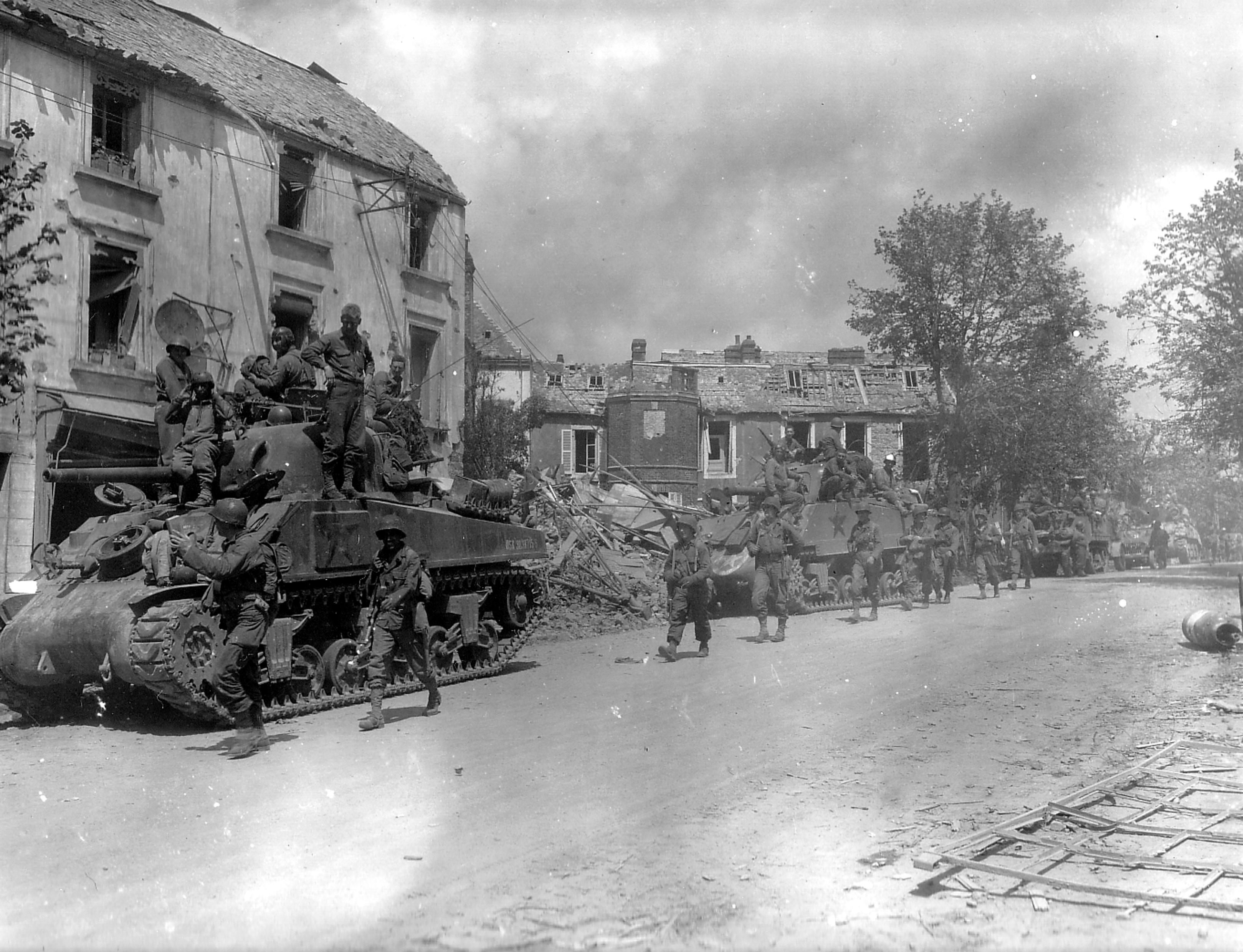Coutances - Cathedral SGW 01 on:
[Wikipedia]
[Google]
[Amazon]
Coutances () is a
commune
A commune is an alternative term for an intentional community. Commune or comună or comune or other derivations may also refer to:
Administrative-territorial entities
* Commune (administrative division), a municipality or township
** Communes of ...
in the Manche
Manche (, ) is a coastal French département in Normandy, on the English Channel, which is known as ''La Manche'', literally "the sleeve", in French. It had a population of 495,045 in 2019.department in
 Capital of the
Capital of the
Normandy
Normandy (; french: link=no, Normandie ; nrf, Normaundie, Nouormandie ; from Old French , plural of ''Normant'', originally from the word for "northman" in several Scandinavian languages) is a geographical and cultural region in Northwestern ...
in north-western France.
History
 Capital of the
Capital of the Unelli
The Venellī or Unellī (Gaulish: *''Uenellī/Wenellī'') were a Gallic tribe dwelling on the Cotentin peninsula, in the northwest of modern Normandy, during the Iron Age and the Roman period.
In 57 BC, they capitulated to Caesar's legate Publi ...
, a Gaulish tribe, the town was given the name of ''Constantia'' in 298 during the reign of Roman emperor Constantius Chlorus
Flavius Valerius Constantius "Chlorus" ( – 25 July 306), also called Constantius I, was Roman emperor from 305 to 306. He was one of the four original members of the Tetrarchy established by Diocletian, first serving as caesar from 293 ...
. The surrounding region, called in Latin
Latin (, or , ) is a classical language belonging to the Italic branch of the Indo-European languages. Latin was originally a dialect spoken in the lower Tiber area (then known as Latium) around present-day Rome, but through the power of the ...
the ''pagus Constantinus'', subsequently became known as the Cotentin Peninsula
The Cotentin Peninsula (, ; nrf, Cotentîn ), also known as the Cherbourg Peninsula, is a peninsula in Normandy that forms part of the northwest coast of France. It extends north-westward into the English Channel, towards Great Britain. To its w ...
.
The town was destroyed by invading Normans
The Normans ( Norman: ''Normaunds''; french: Normands; la, Nortmanni/Normanni) were a population arising in the medieval Duchy of Normandy from the intermingling between Norse Viking settlers and indigenous West Franks and Gallo-Romans. ...
in 866; they later established settlements and incorporated the whole peninsula into the Duchy of Normandy
The Duchy of Normandy grew out of the 911 Treaty of Saint-Clair-sur-Epte between King Charles III of West Francia and the Viking leader Rollo. The duchy was named for its inhabitants, the Normans.
From 1066 until 1204, as a result of the Norman c ...
in 933.
On 17 July 1944, during the Battle of Normandy
Operation Overlord was the codename for the Battle of Normandy, the Allied operation that launched the successful invasion of German-occupied Western Europe during World War II. The operation was launched on 6 June 1944 (D-Day) with the Norm ...
during World War II
World War II or the Second World War, often abbreviated as WWII or WW2, was a world war that lasted from 1939 to 1945. It involved the vast majority of the world's countries—including all of the great powers—forming two opposing ...
, the city was bombed during the Allied offensive against the occupying Germans.
Geography
Climate
Coutances has a oceanic climate (Köppen climate classification
The Köppen climate classification is one of the most widely used climate classification systems. It was first published by German-Russian climatologist Wladimir Köppen (1846–1940) in 1884, with several later modifications by Köppen, notabl ...
''Cfb''). The average annual temperature in Coutances is . The average annual rainfall is with December as the wettest month. The temperatures are highest on average in August, at around , and lowest in January, at around . The highest temperature ever recorded in Coutances was on 5 August 2003; the coldest temperature ever recorded was on 17 January 1985.
Population
Sights
Coutances Cathedral
Coutances Cathedral (french: Cathédrale Notre-Dame de Coutances) is a Gothic Catholic cathedral constructed from 1210 to 1274 in the town of Coutances, Normandy, France. It incorporated the remains of an earlier Norman cathedral.
It is the s ...
is one of the major buildings of Norman architecture
The term Norman architecture is used to categorise styles of Romanesque architecture developed by the Normans in the various lands under their dominion or influence in the 11th and 12th centuries. In particular the term is traditionally used f ...
and contains a chapel and stained glass dedicated to Saint Marcouf. The bishop of Coutances
The Roman Catholic Diocese of Coutances (–Avranches) (Latin: ''Dioecesis Constantiensis (–Abrincensis)''; French: ''Diocèse de Coutances (–Avranches)'') is a diocese of the Roman Catholic Church in France. Its mother church is the Cathe ...
exercised ecclesiastical jurisdiction over the Channel Islands
The Channel Islands ( nrf, Îles d'la Manche; french: îles Anglo-Normandes or ''îles de la Manche'') are an archipelago in the English Channel, off the French coast of Normandy. They include two Crown Dependencies: the Bailiwick of Jersey, ...
until the Reformation
The Reformation (alternatively named the Protestant Reformation or the European Reformation) was a major movement within Western Christianity in 16th-century Europe that posed a religious and political challenge to the Catholic Church and in ...
, despite the secular division of Normandy in 1204. The final rupture occurred definitively in 1569.
Coutances houses a well-known botanical garden and an art museum.
Jazz festival
Coutances is the location of '' Jazz sous les pommiers'' ("Jazz under the apple trees"), an annual jazz festival held since 1982. The festival traditionally takes place during the week of Ascension.International relations
Coutances is twinned with:Heraldry
See also
*Roman Catholic Diocese of Coutances
The Roman Catholic Diocese of Coutances (–Avranches) (Latin: ''Dioecesis Constantiensis (–Abrincensis)''; French: ''Diocèse de Coutances (–Avranches)'') is a diocese of the Roman Catholic Church in France. Its mother church is the Cathed ...
References
Communes of Manche Subprefectures in France Gallia Lugdunensis {{Manche-geo-stub